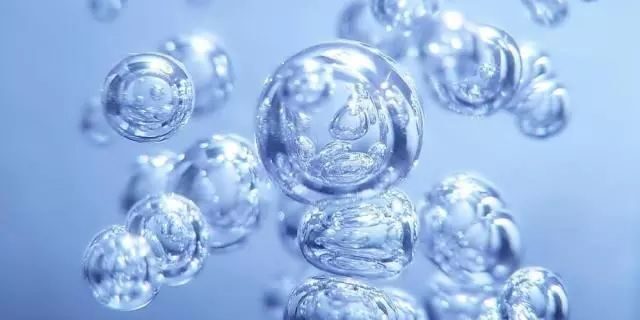What is the role of surfactants in reducing surface tension in foam formation?
Surfing the Tension: How Surfactants Modulate Foam Formation
In the field of oil refining, surfactants carry an essential role in defoaming strategies. Their primary function is to reduce the surface tension leading to foam stabilization, thereby assisting in foam control. Here, we look at how surfactants accomplish this integral task.
Surfing the Surface: An Introduction to Surfactants
Surfactants, short for surface active agents, are compounds that lower the surface tension (or interfacial tension) between two liquids or between a liquid and a solid. They perform this crucial task by segregating themselves at the interface between water and air (or oil), effectively disrupting the surface tension and acting as a deterrent for foam formation.
Amphiphilic Nature of Surfactants
An essential characteristic of surfactants is their amphiphilic structure. Each molecule has a hydrophilic (water-attractive) ‘head’ and a hydrophobic (water-repelling) ‘tail’. This duality allows surfactants to interact with both water and oil during the process.
In a foam, the surfactant’s hydrophilic head is attracted to the water phase, while the hydrophobic tail points out towards the foam bubble. This arrangement breaks down the surface tension balancing the gas bubbles, leading to the dismantling of the foam.
Infiltrating Foam: Bridging Two Worlds
Surfactants, with their ability to bridge the water and air/oil interfaces, permeate into the foam structure. Here, their amphiphilic nature allows them to align along the surface of the bubble, displacing the trapped air and rupturing the foam bubbles.
FAQs
-
What are surfactants and how do they reduce surface tension?
- Surfactants are compounds that lower the surface tension between two liquids or between a liquid and a solid. They disrupt the surface tension by placing themselves at the water and air/oil interface, preventing foam formation.
-
What is the role of the amphiphilic nature of surfactants in foam control?
- The amphiphilic nature of surfactants enables them to interact with both water and oil. This dual interaction allows them to break the surface tension that balances the gas bubbles in the foam, leading to the foam’s breakdown.
-
How do surfactants infiltrate foam to reduce its formation?
- Surfactants permeate into the foam’s structure and align along the bubbles’ surface, displacing the trapped air and leading to the rupture of the foam bubbles.







